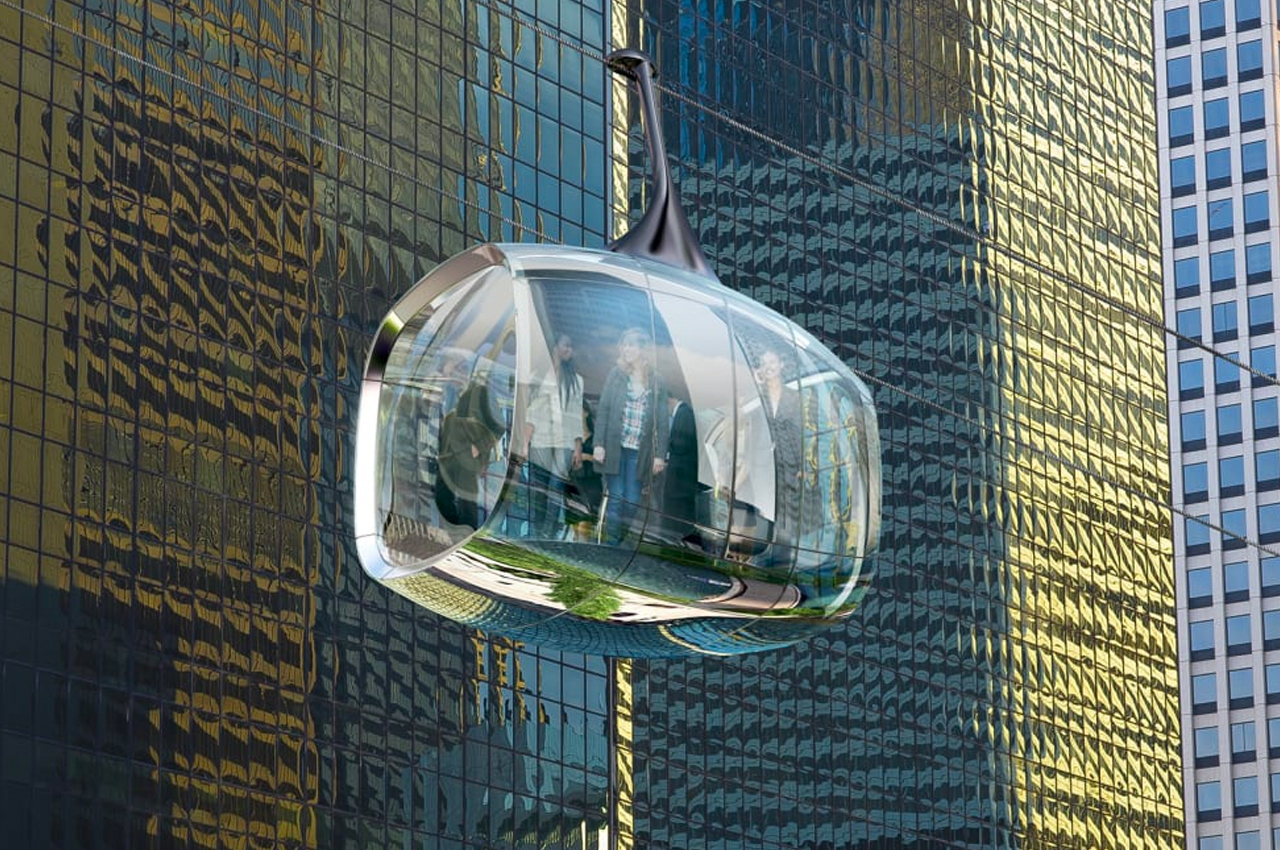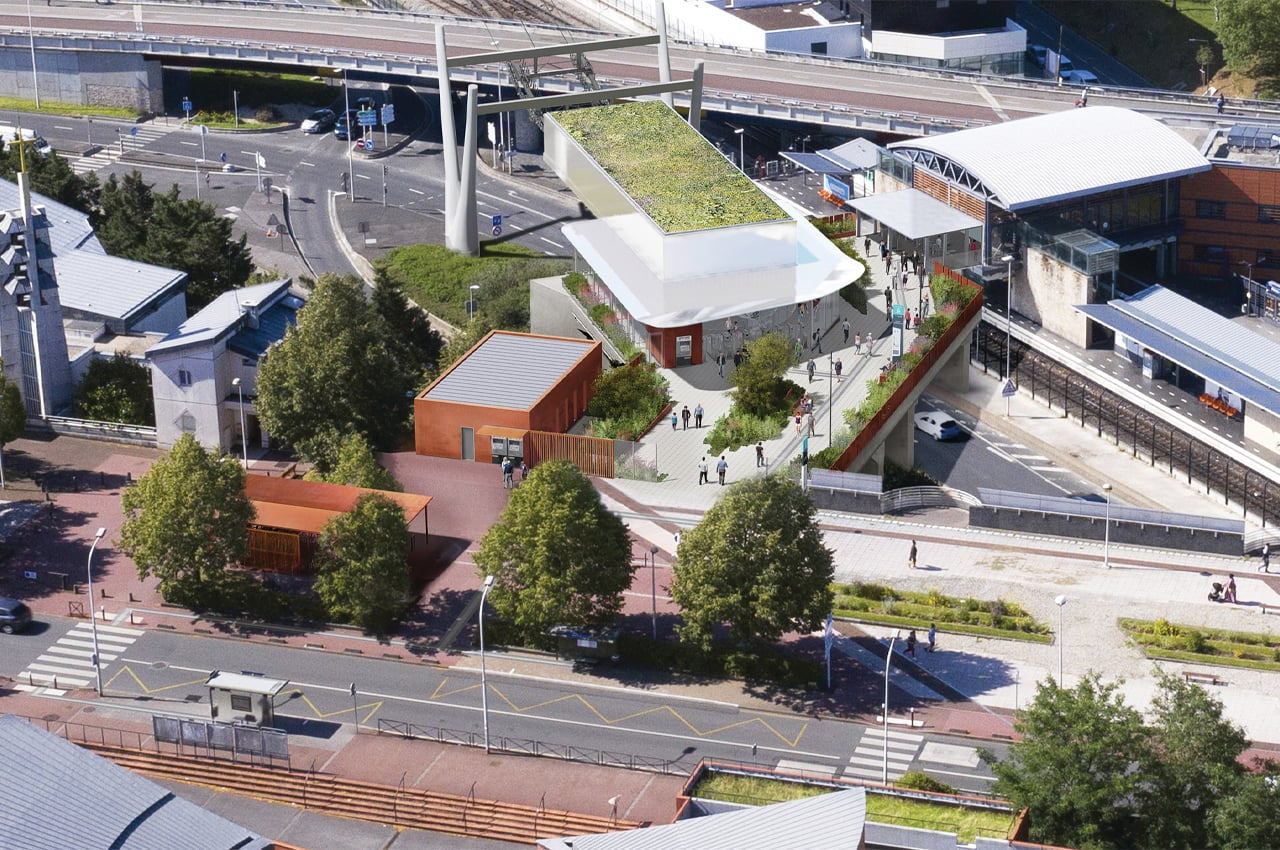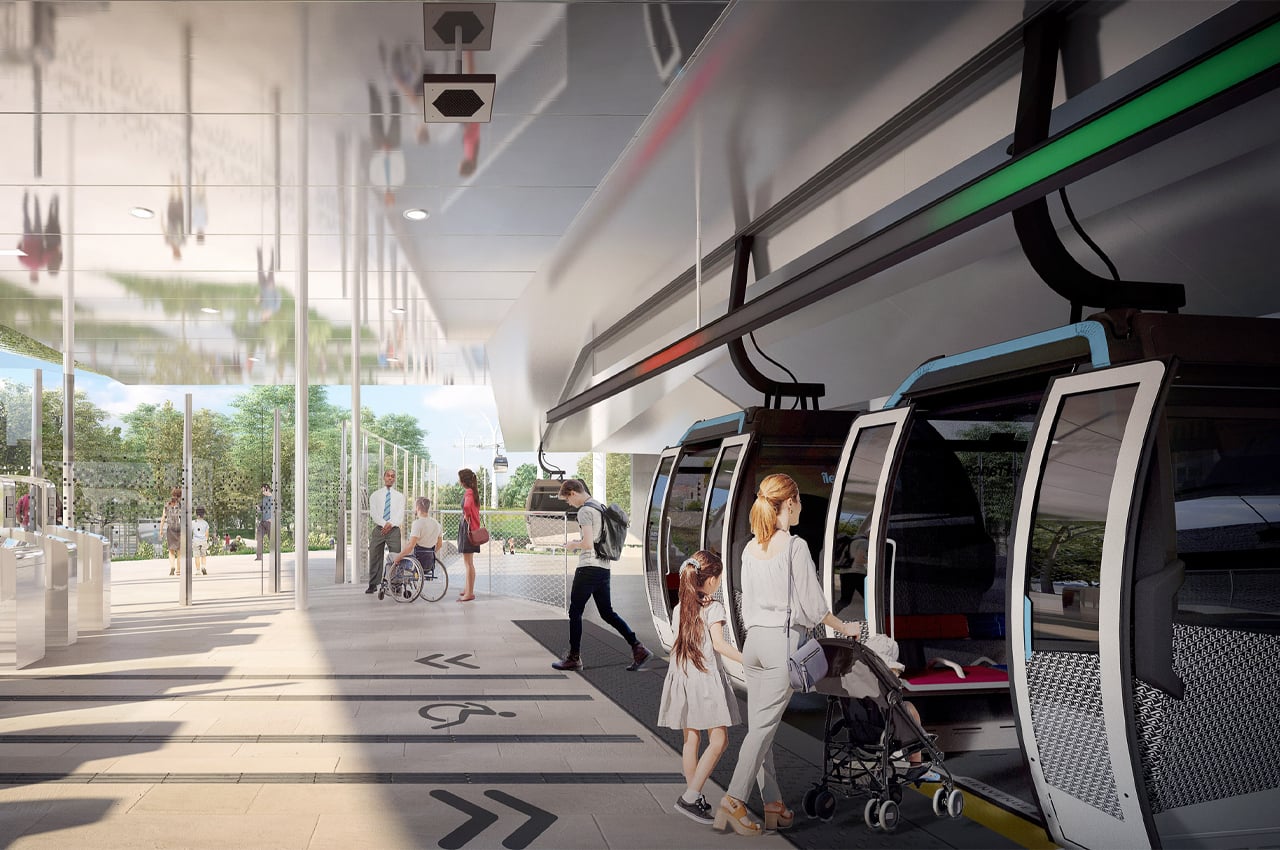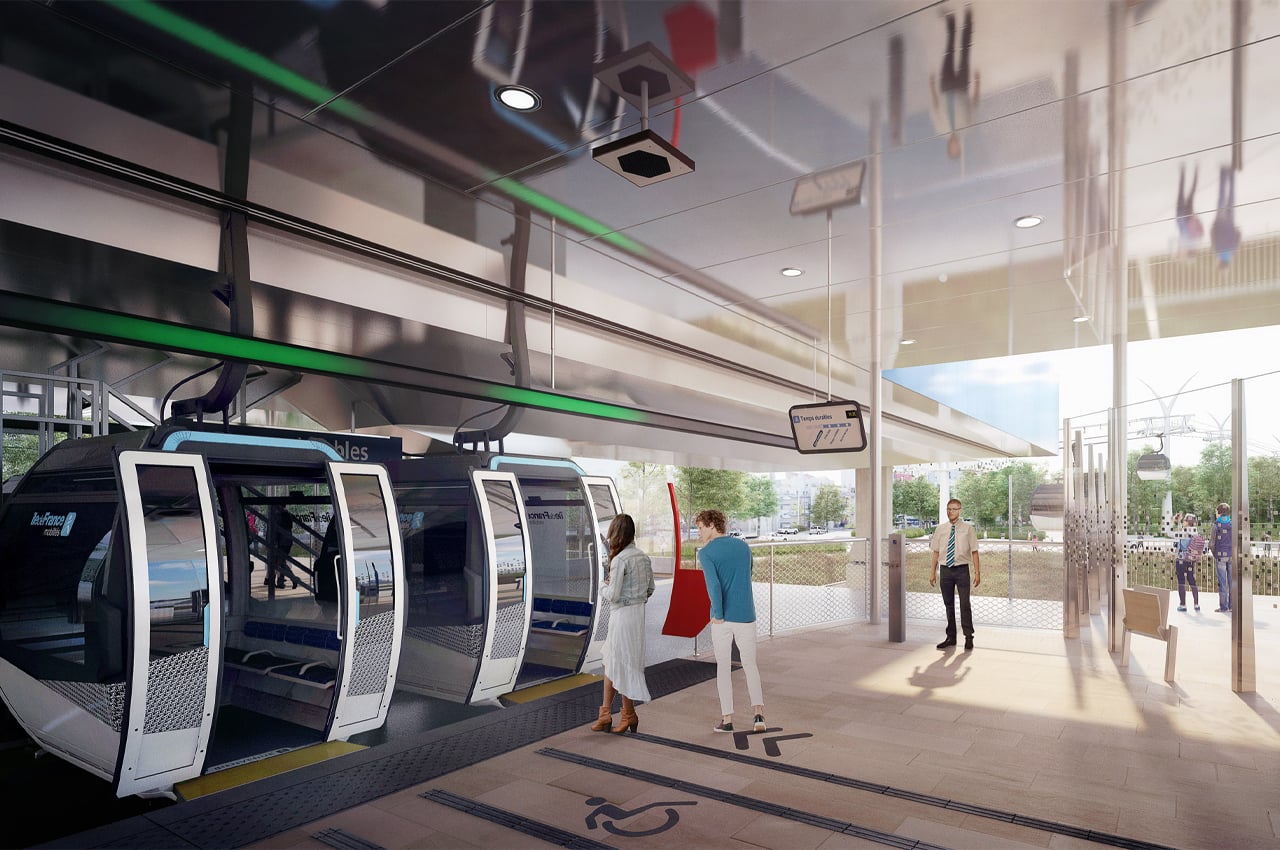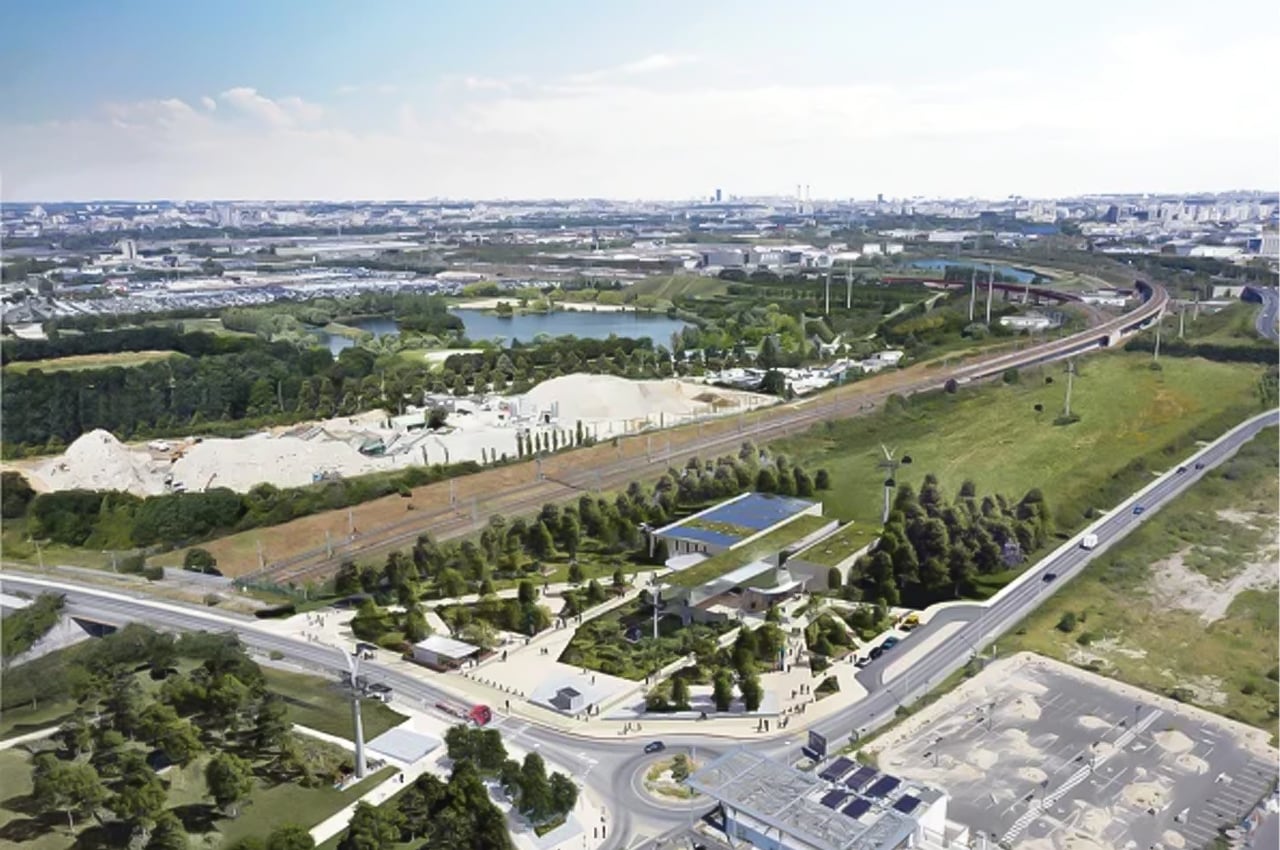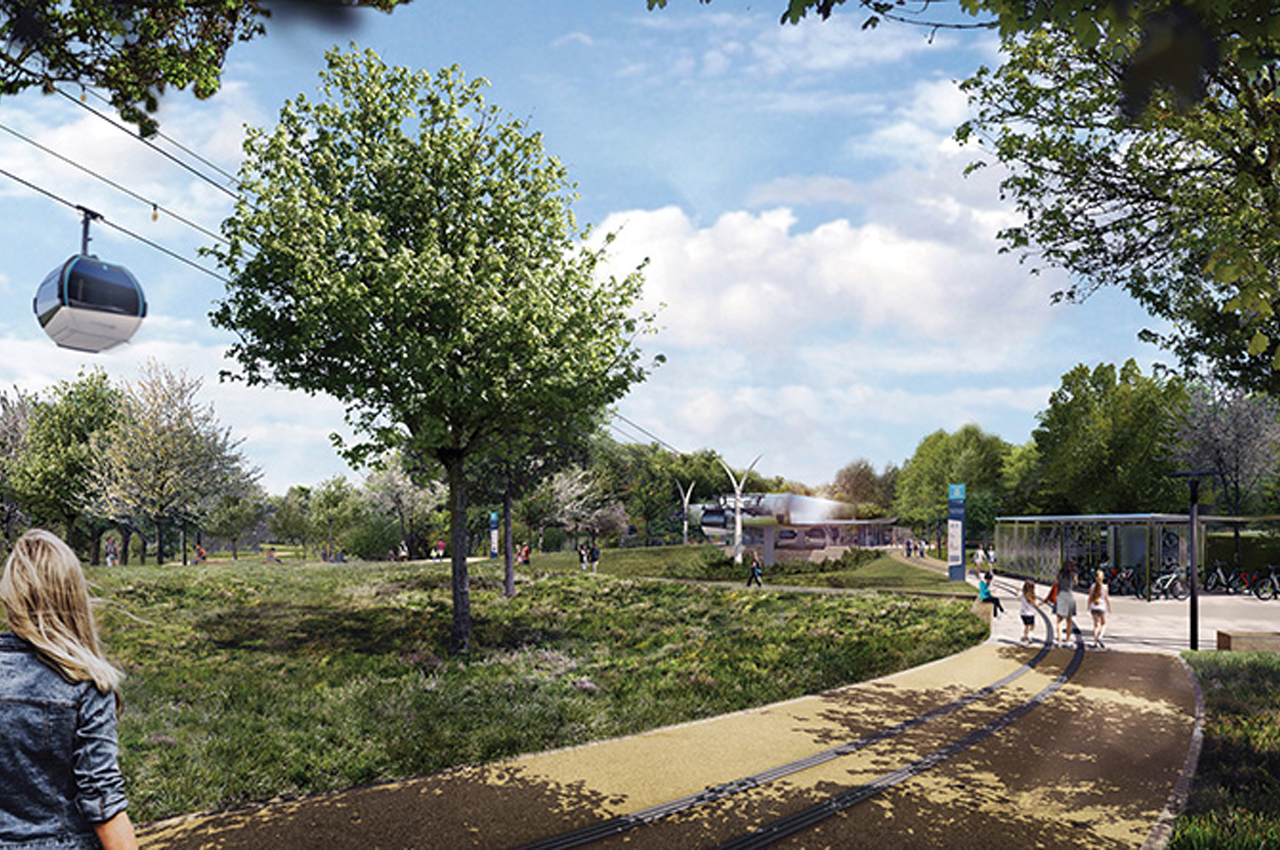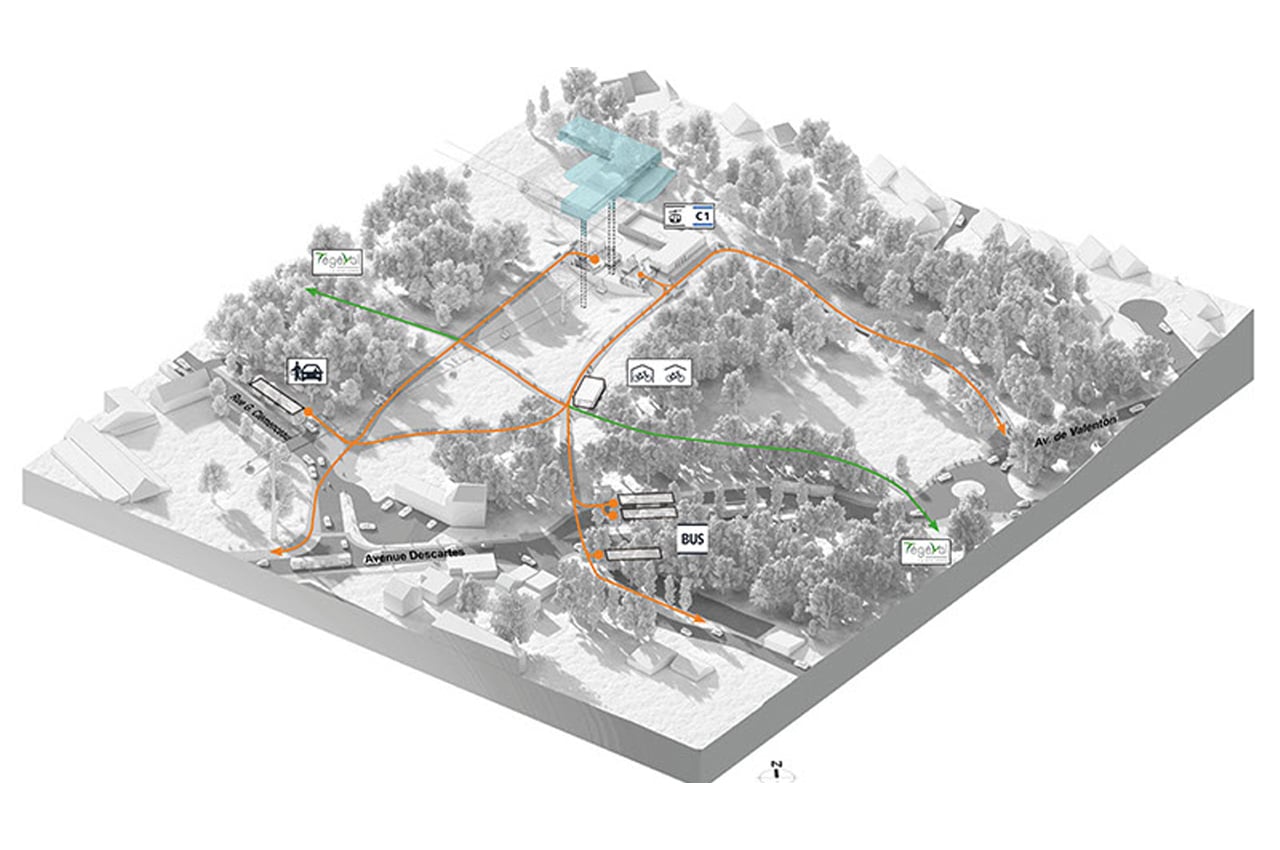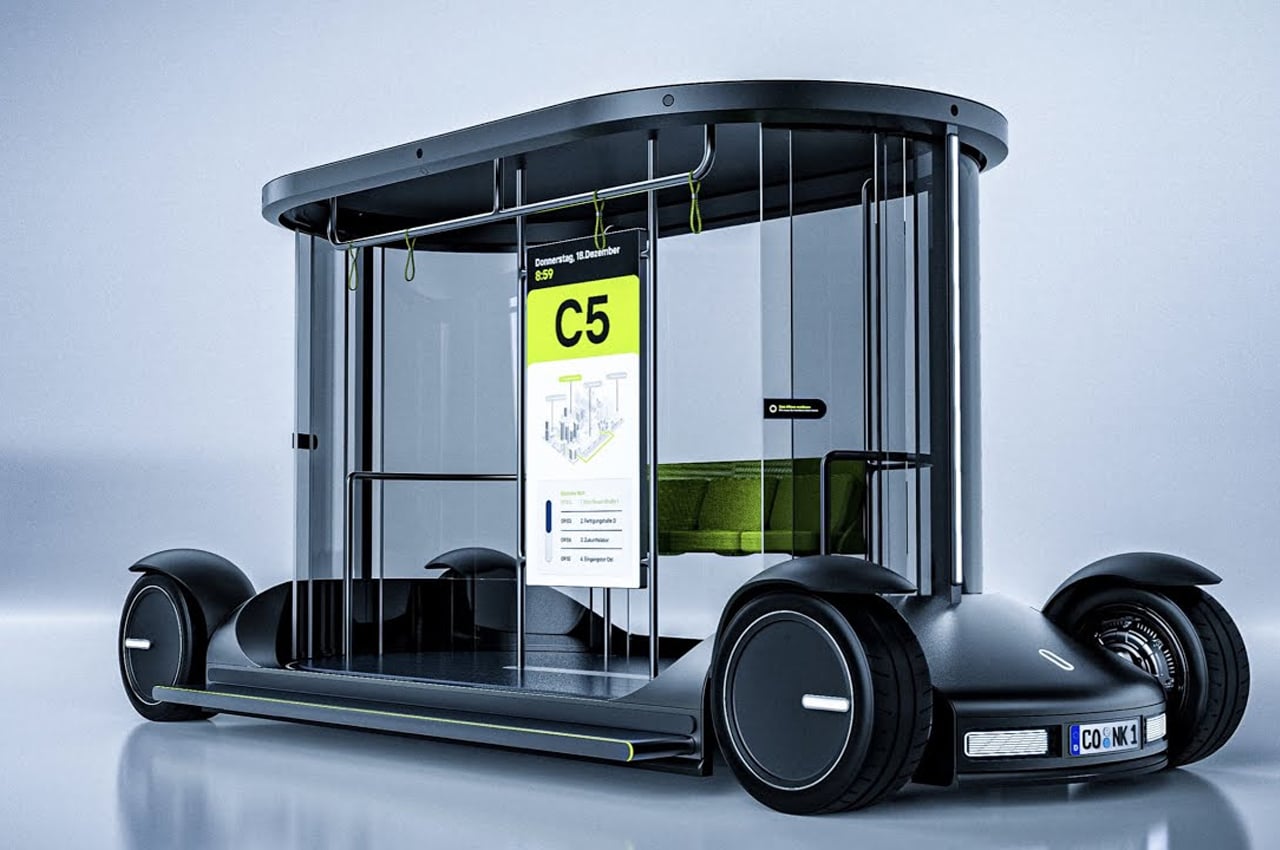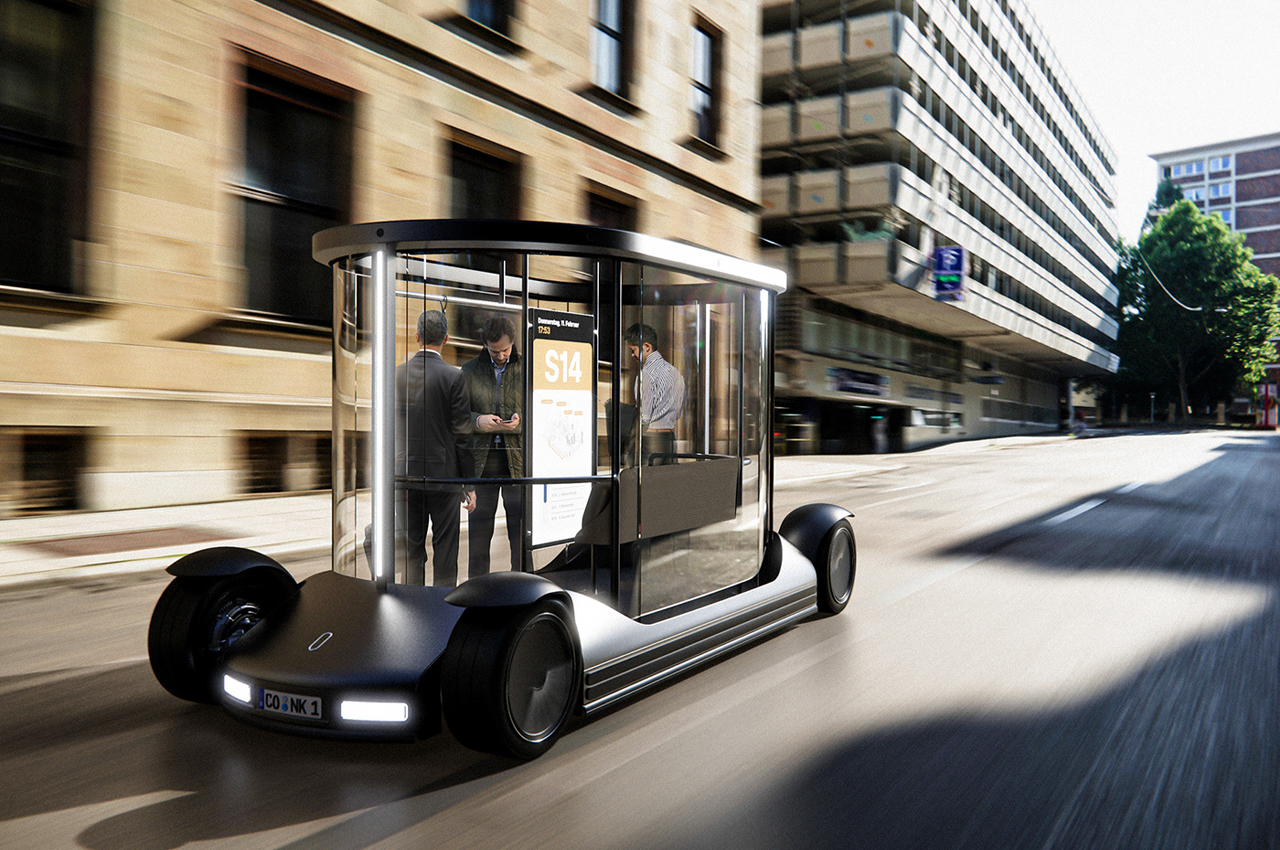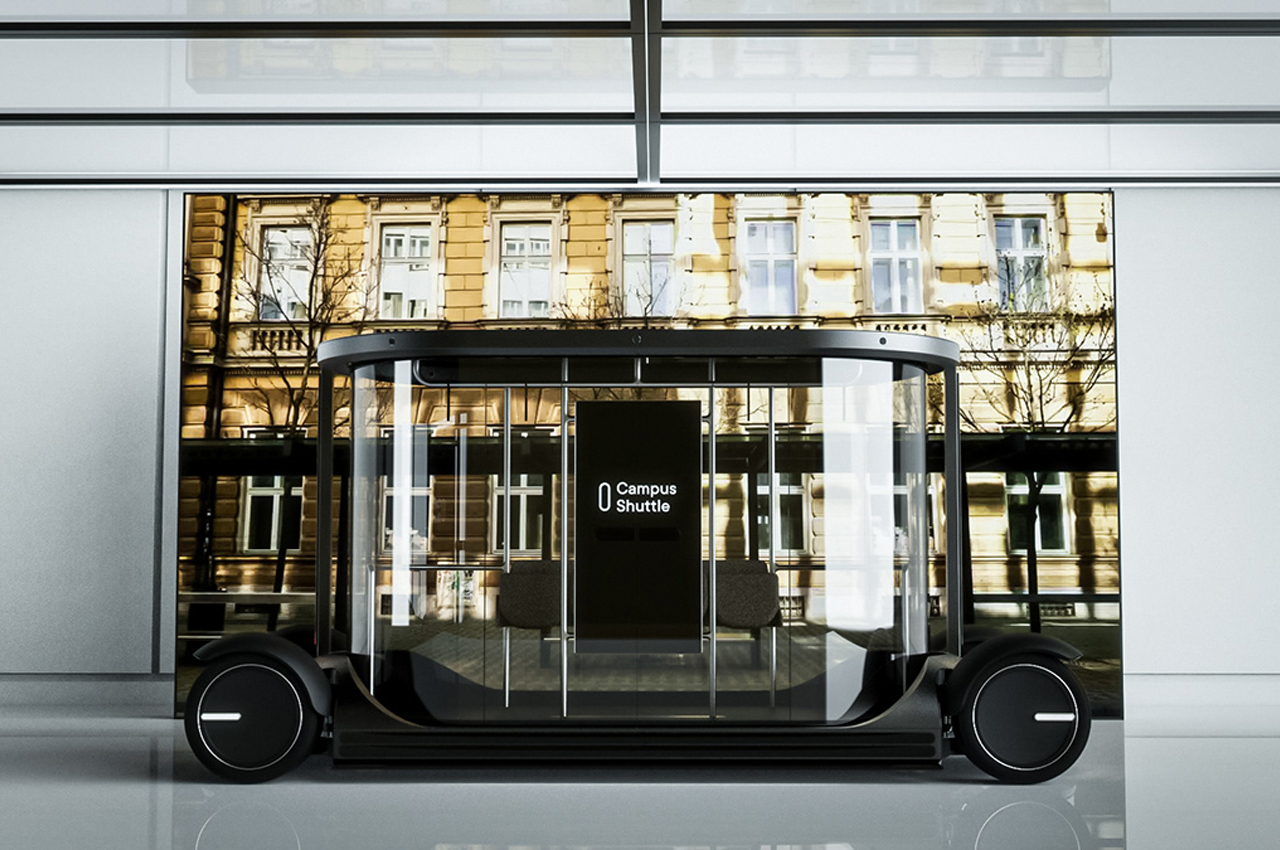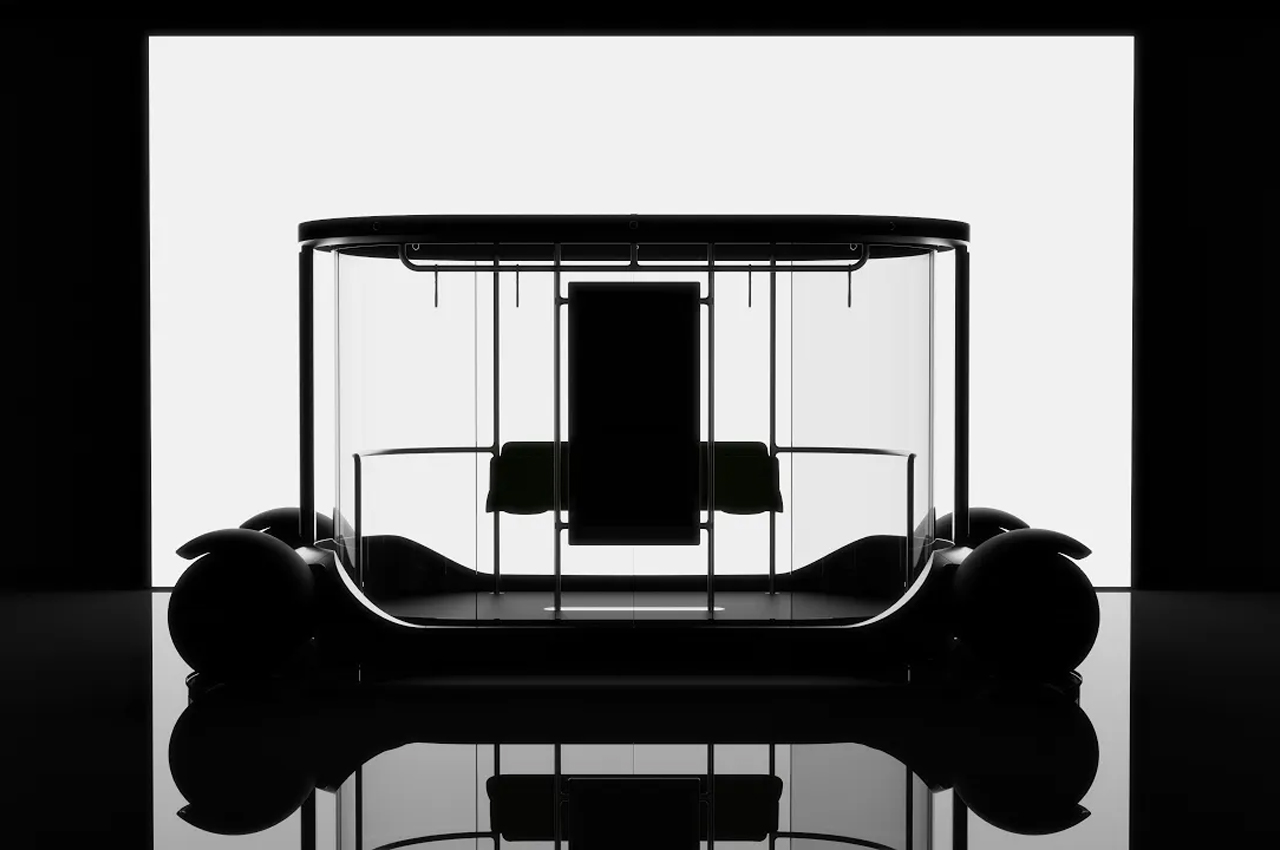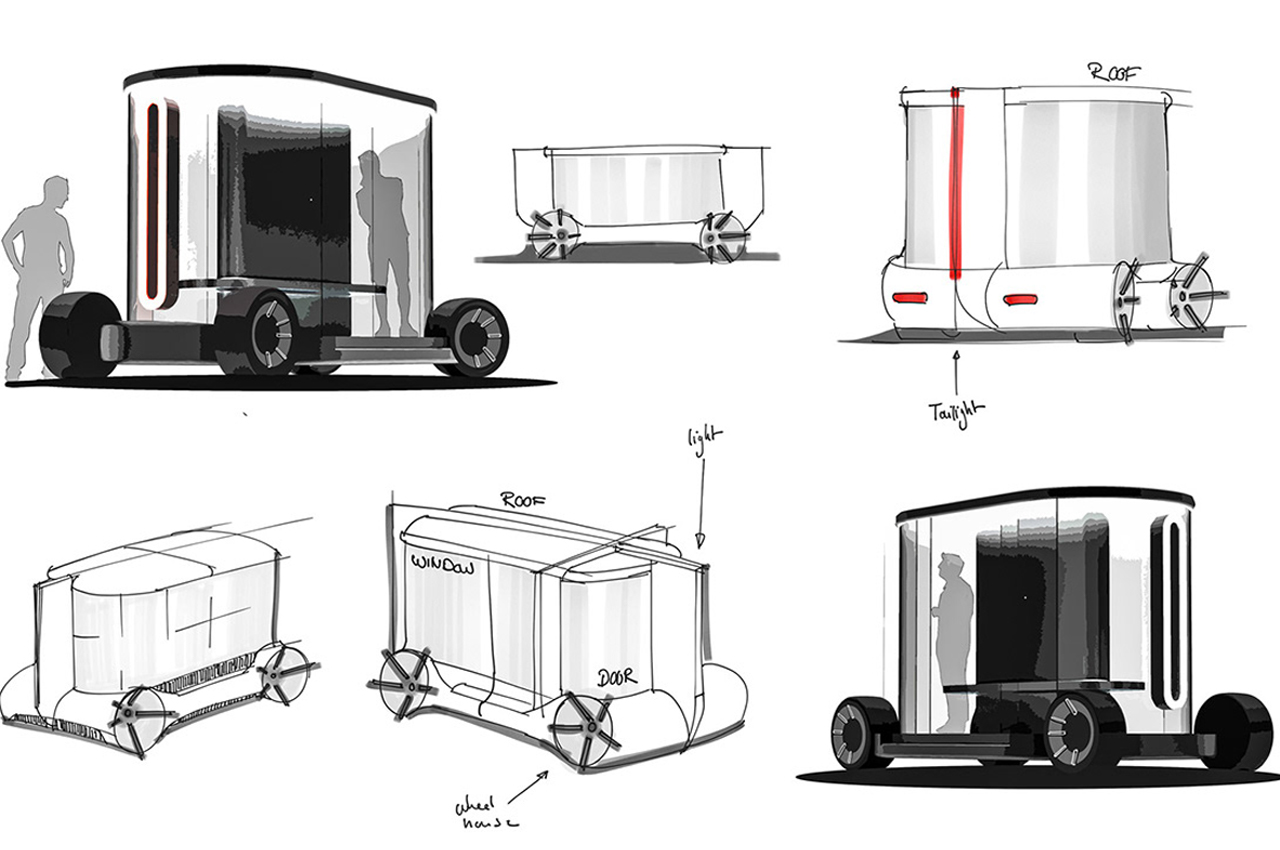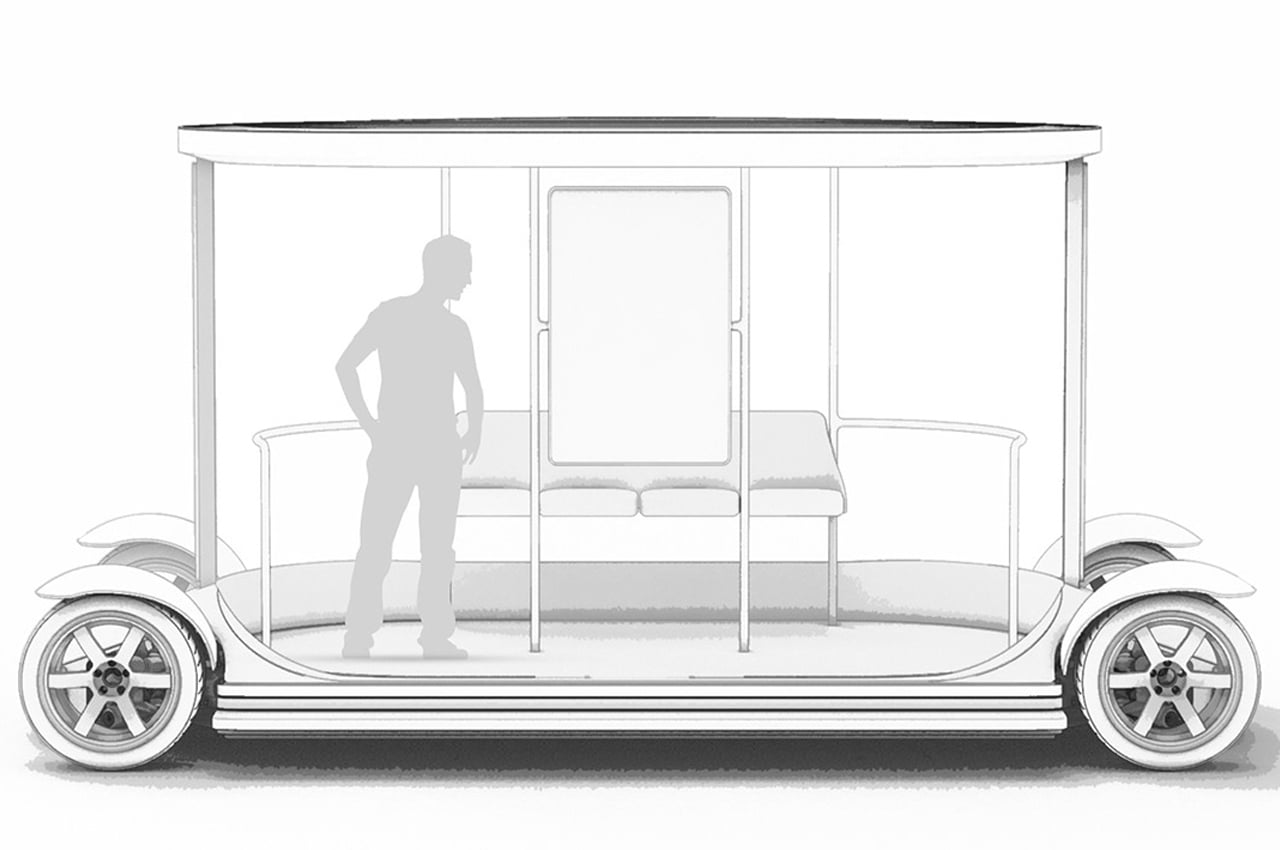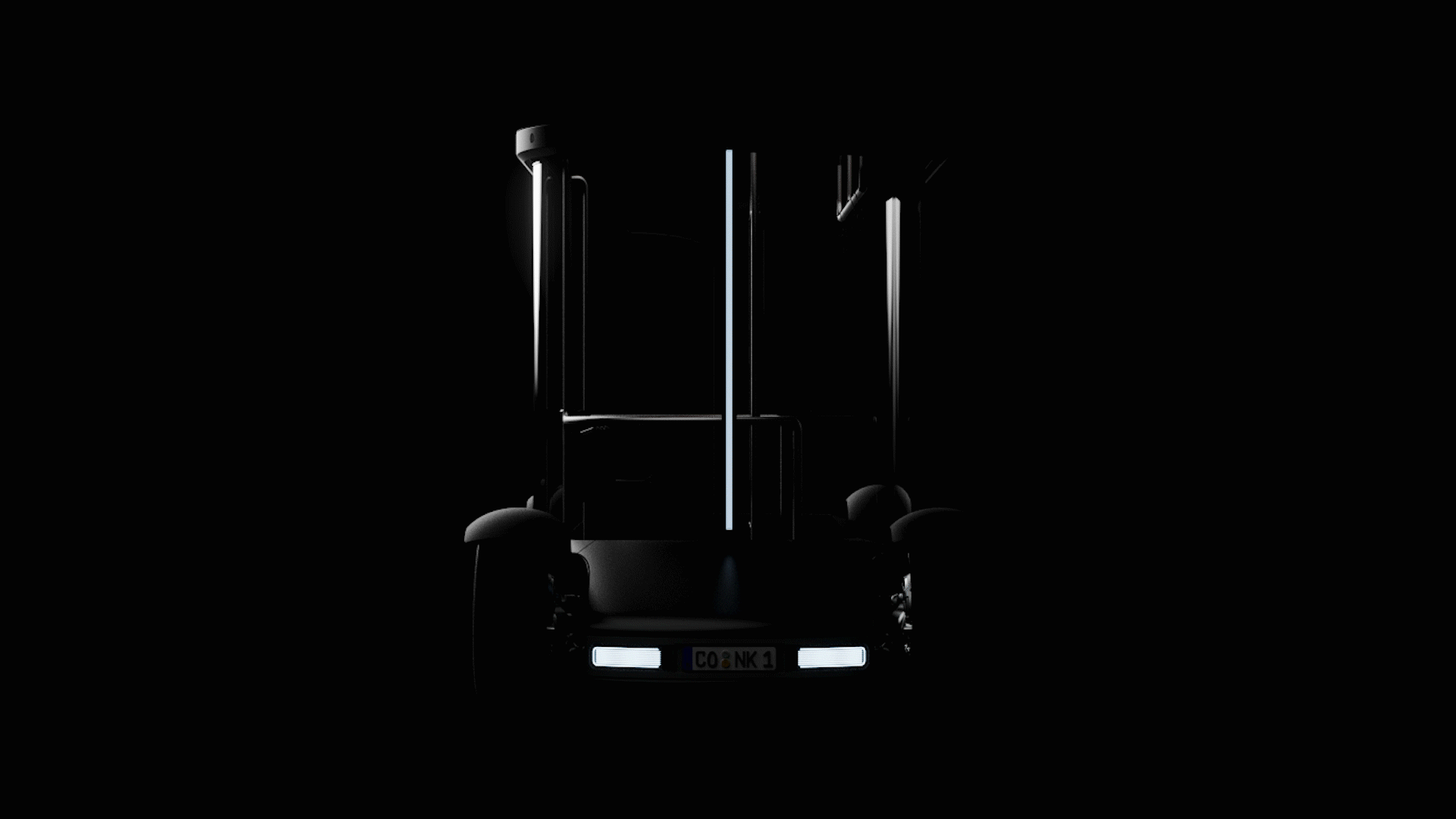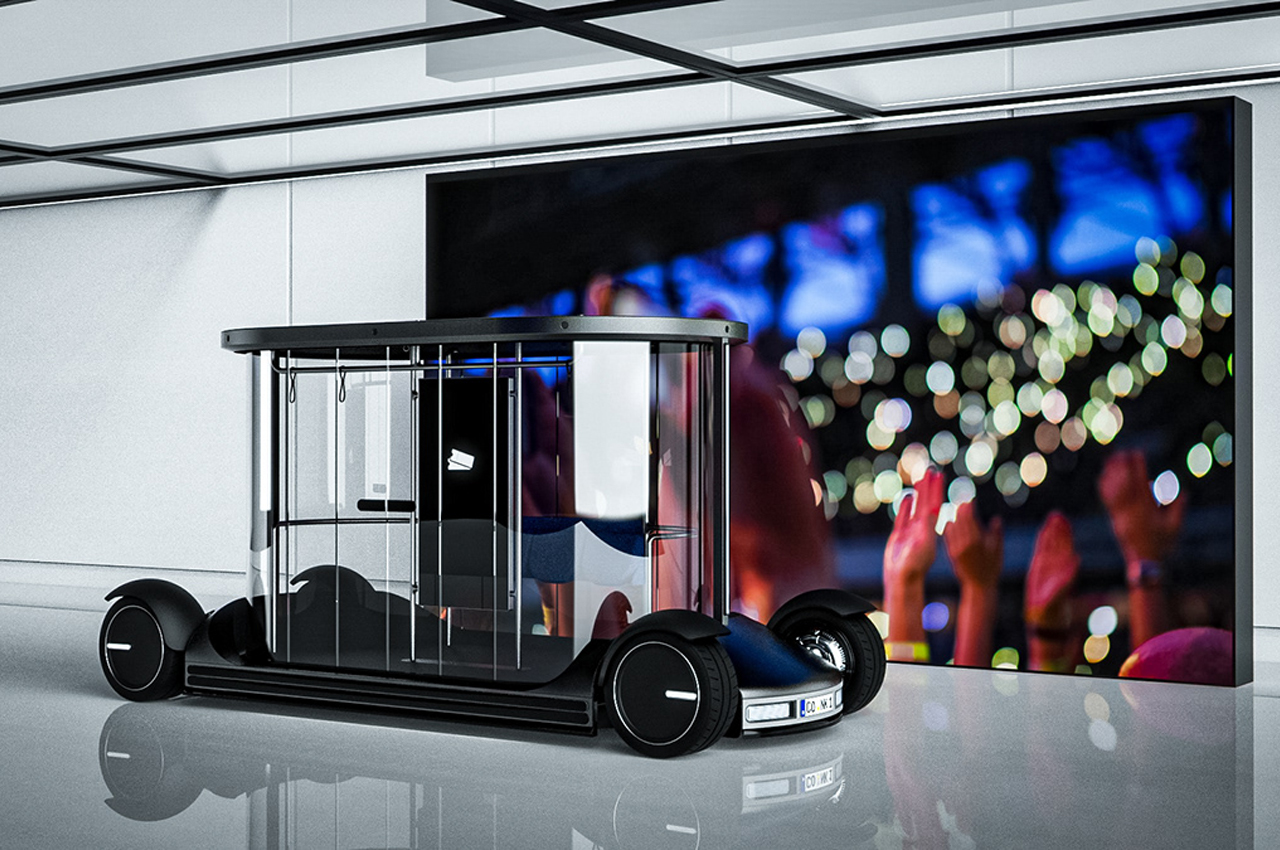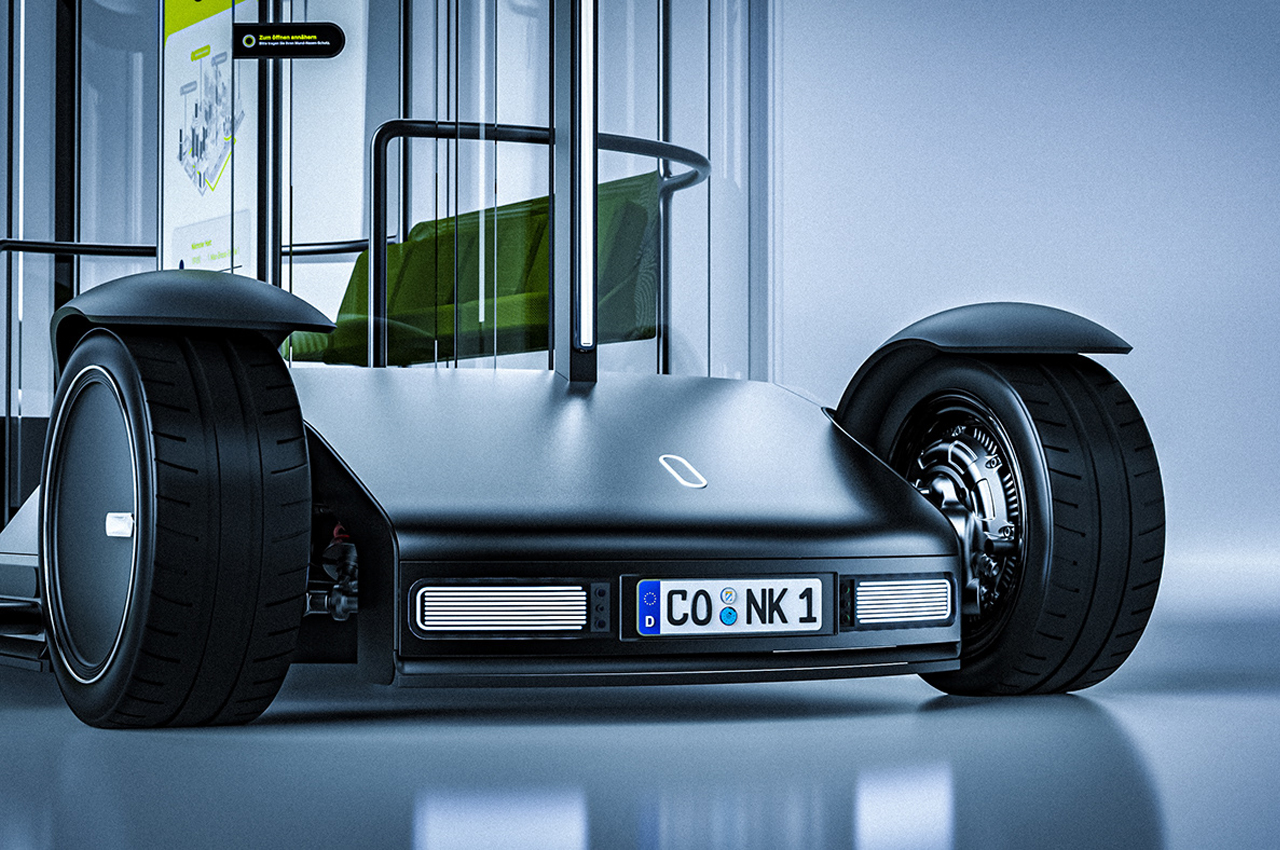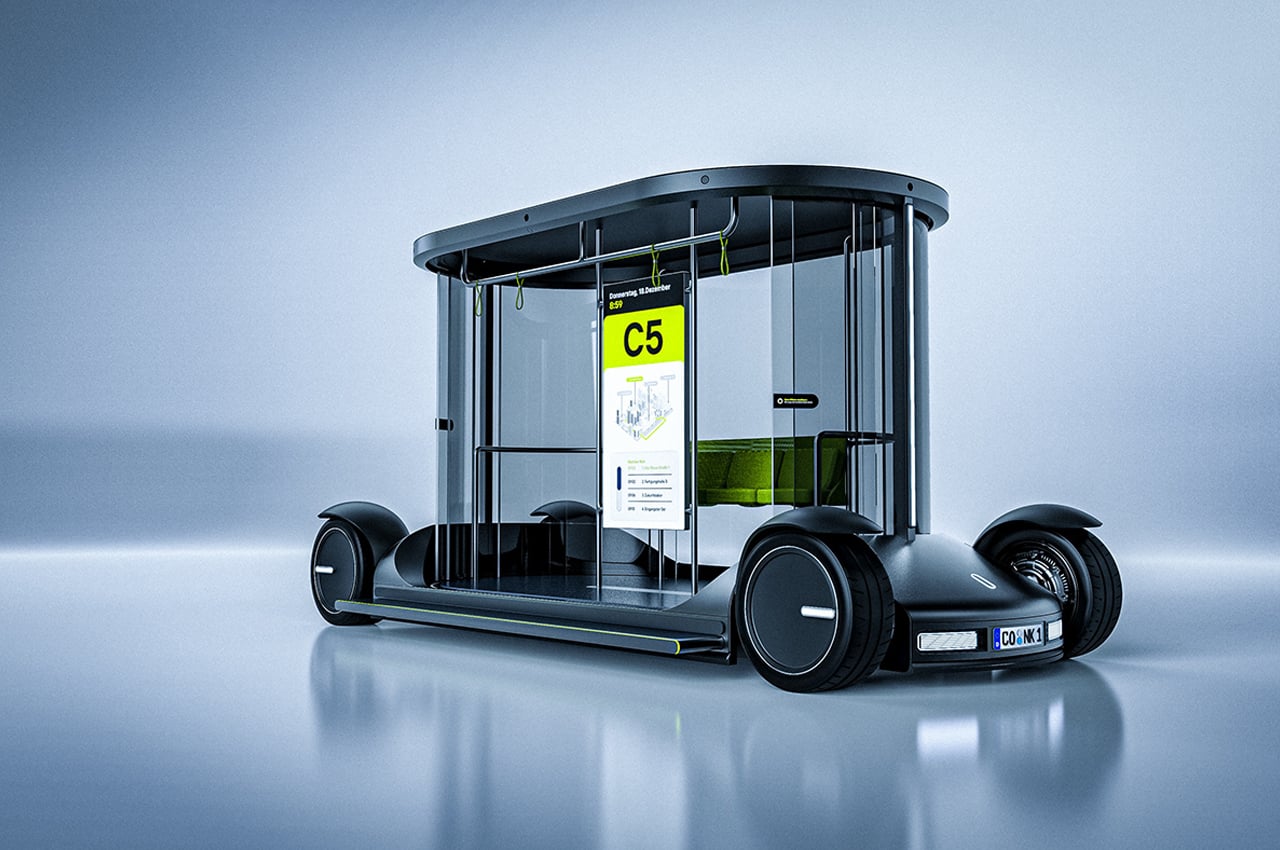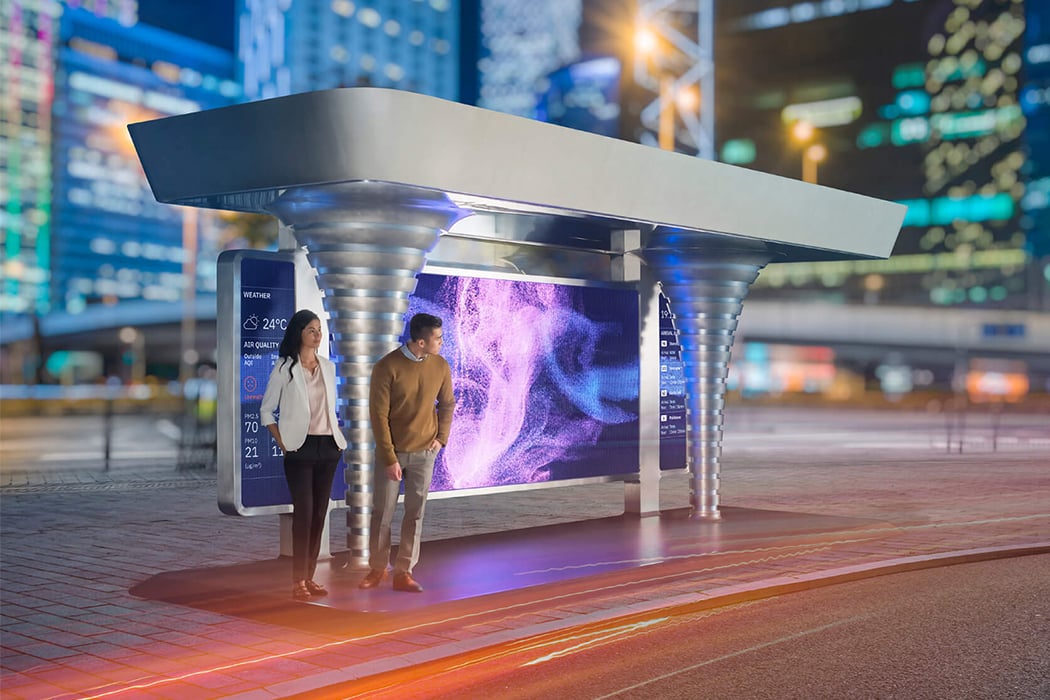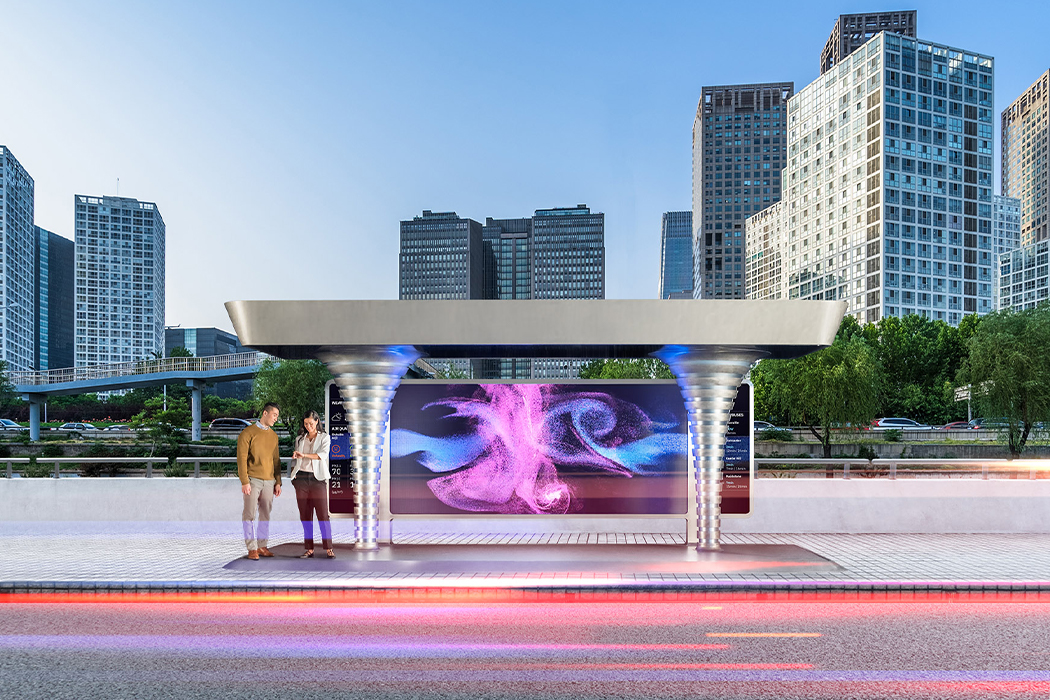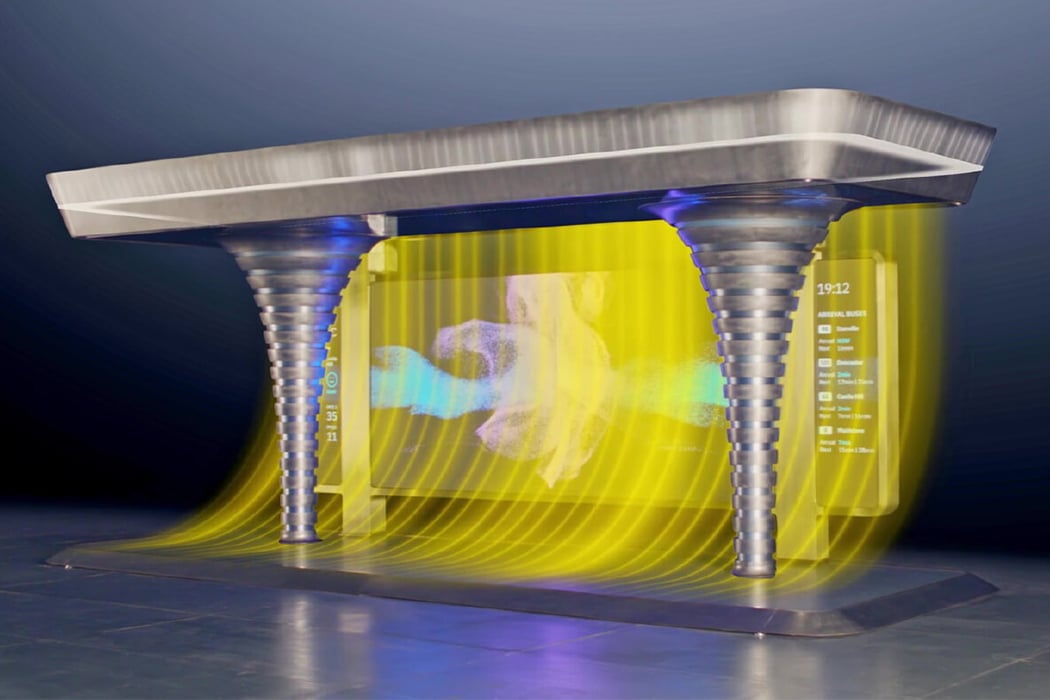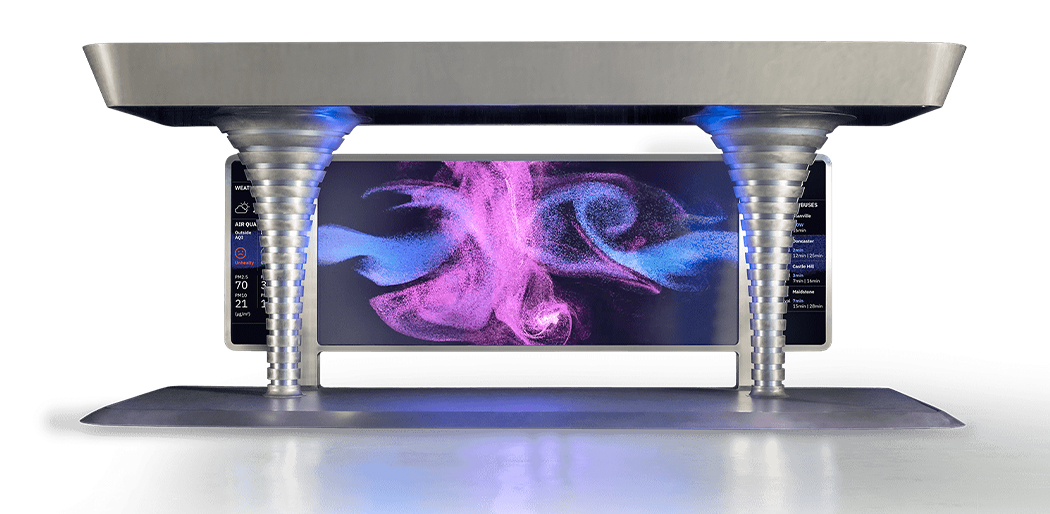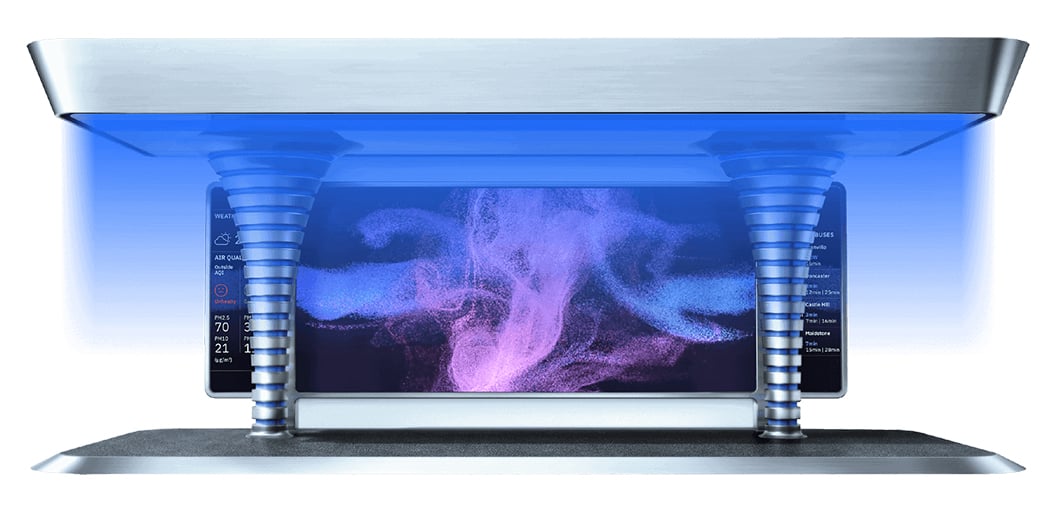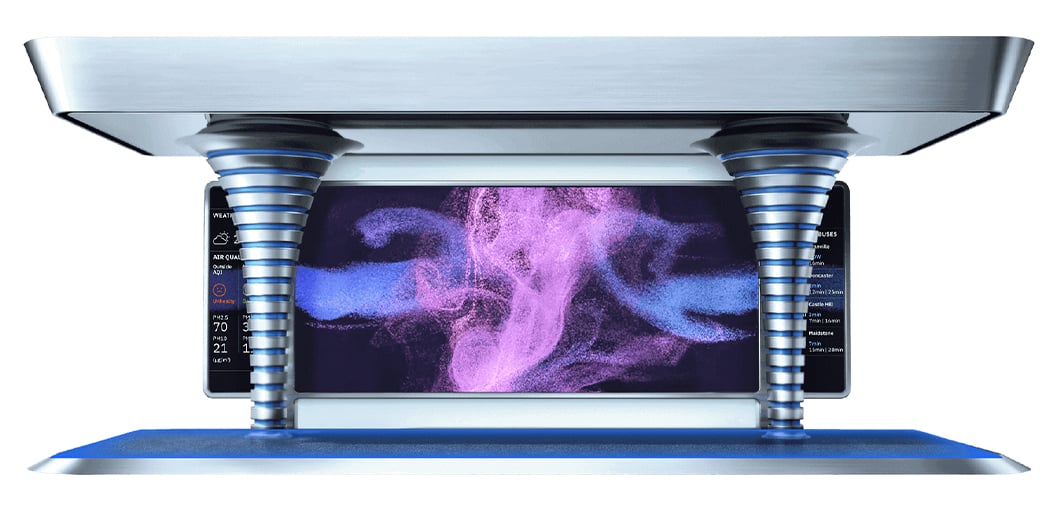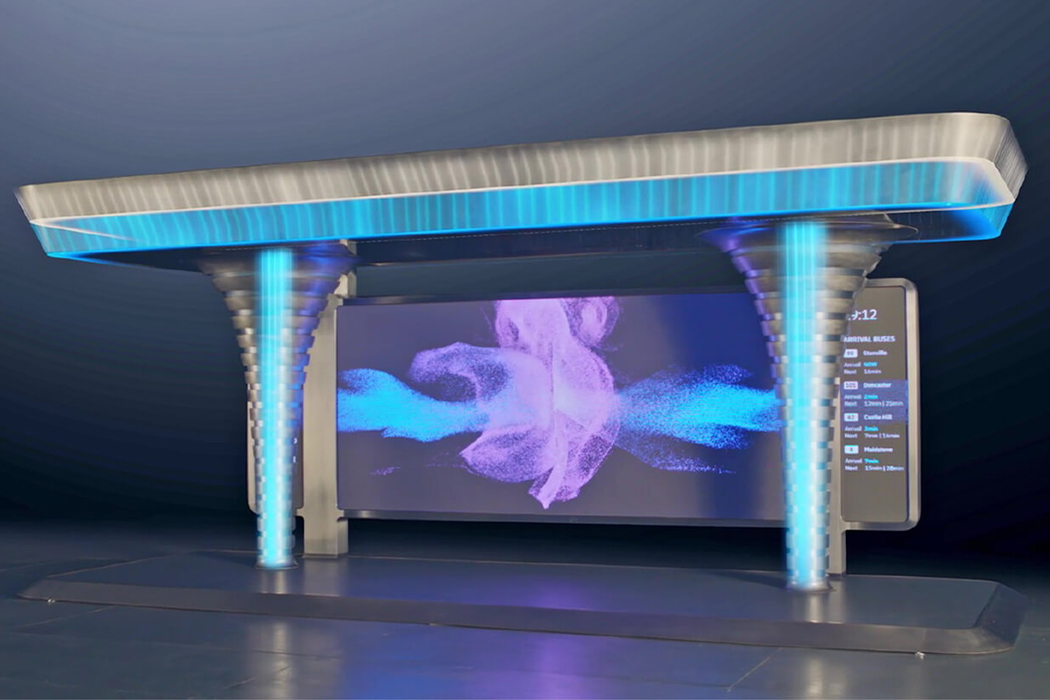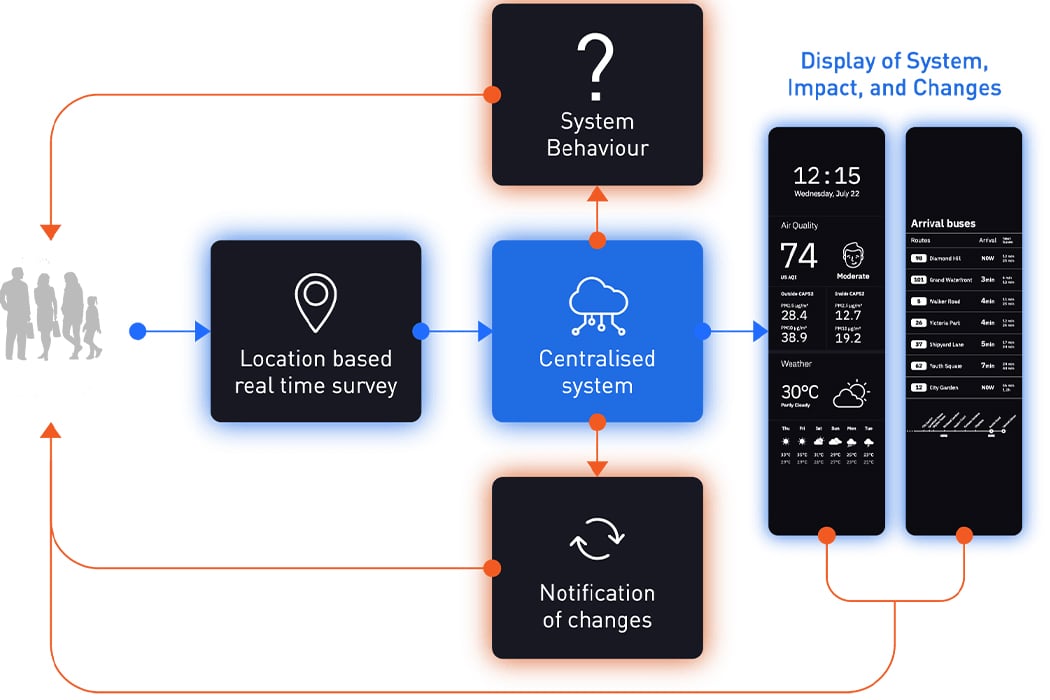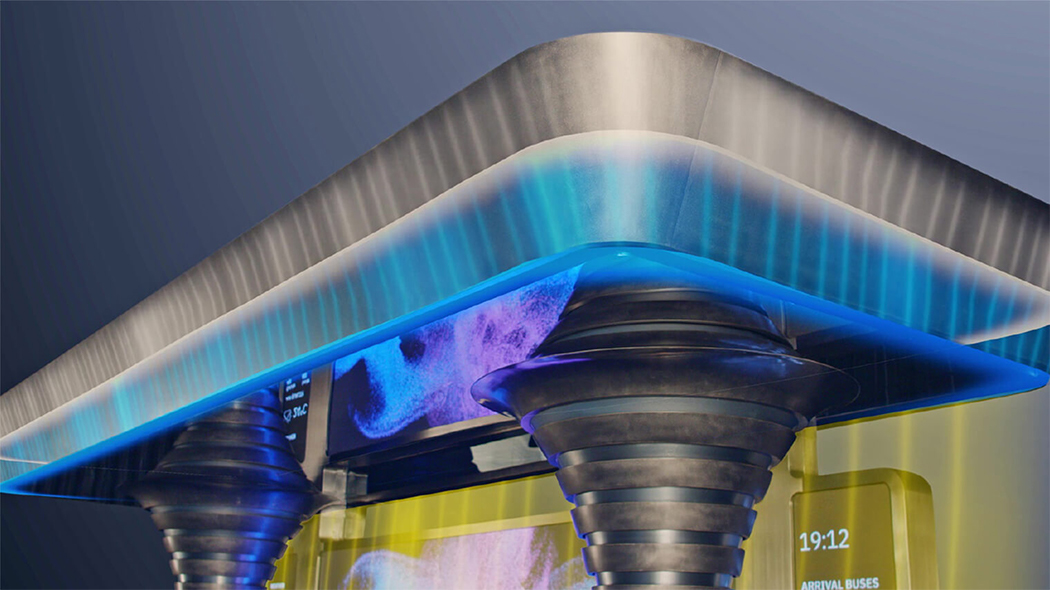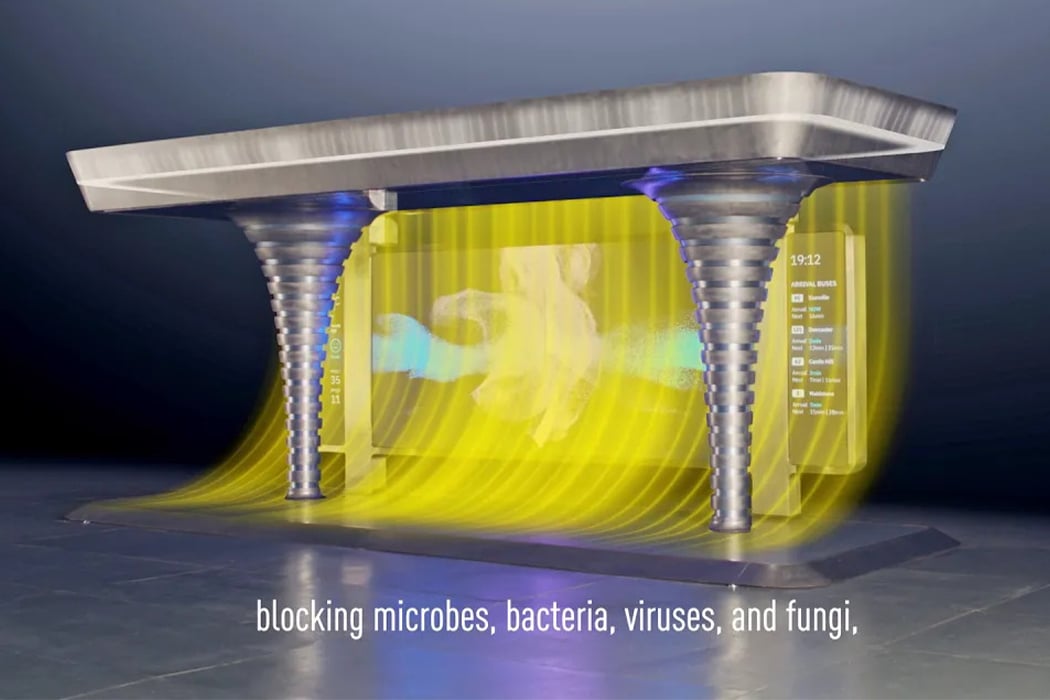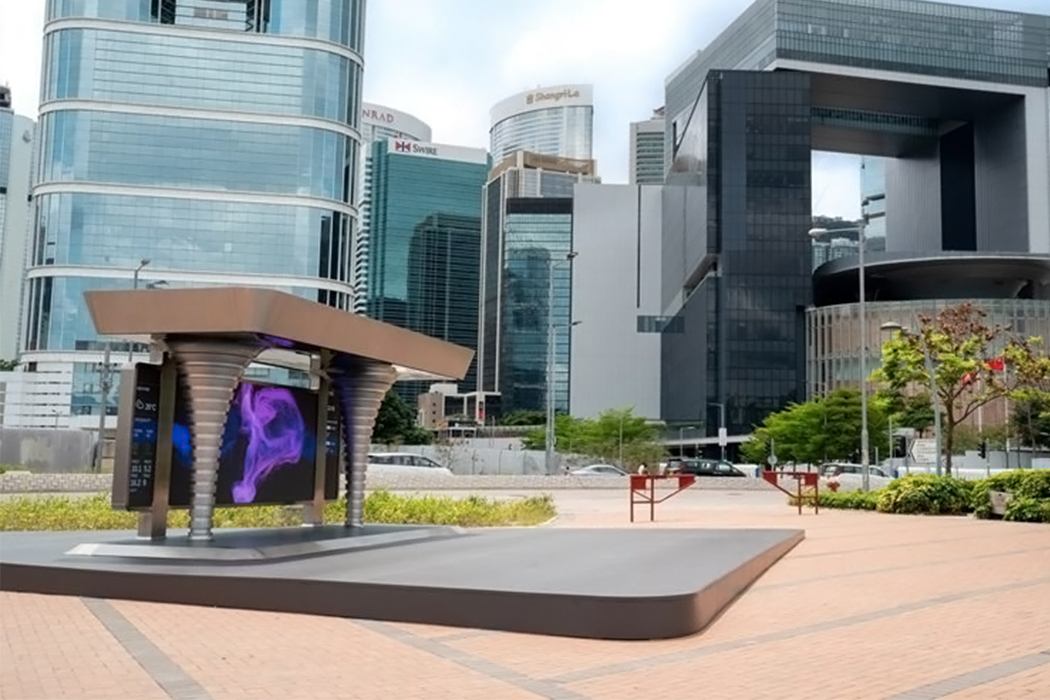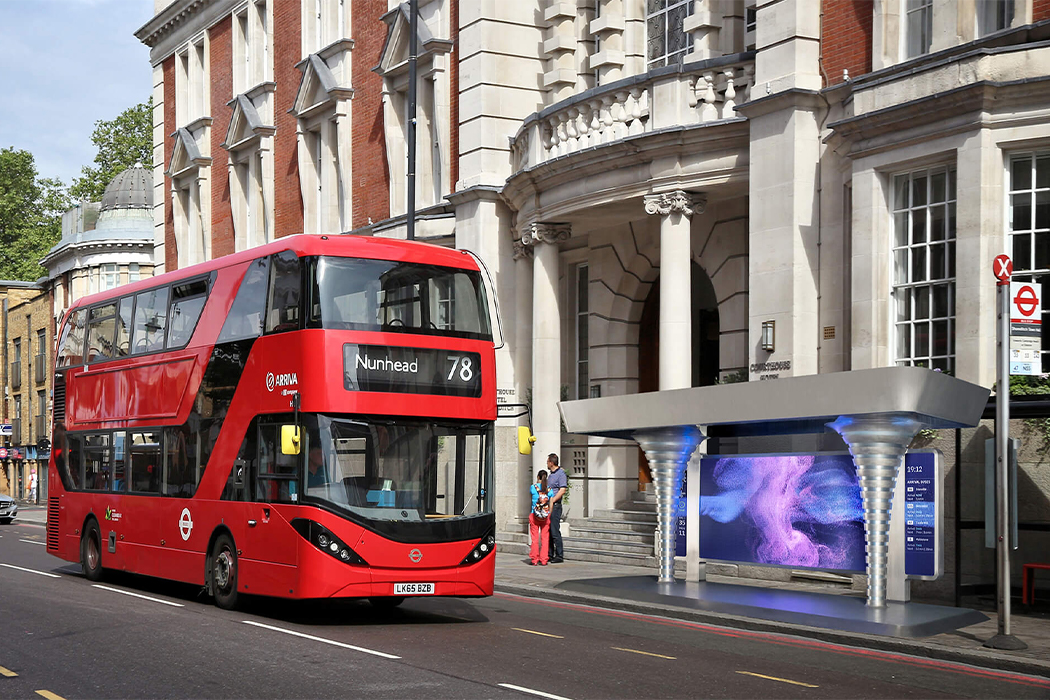
When you think of transportation in the near future, you probably dream of flying cars or hoverboards since that’s what we see on sci-fi movies and shows. Even though there are experiments already on that kind of vehicles, we’re probably still a few years away from that. But there are also concepts and experiments on a more grounded, so to speak, kind of public transport that is more practical and realistic but also futuristic.
Designers: Move Lab and ID+IM Design Lab


Bubblic Public is a project that conceptualized a modular and lightweight kind of transportation system. It is meant to be on-demand and can fit the needs of whomever will be hailing the single-module design vehicle. It is basically made up of extendable bamboo stem-inspired chassis and airbags that is flexible enough that it can be used as passenger transport, delivery vehicle, or even a mobile smart farm. It can adjust to the size and needs of the end users during different time periods.


The design inspiration is “like bubbles that appear out of nowhere” since it is meant to show up to users when they order it. It is made of military-grade TPU but is also easily replaceable if some parts are damaged because of its modular design. It has inflated bubble seats when functioning as a passenger transport and the front, back, and side rows can be opened at the top. Package bubbles will be used if it is hailed as a delivery transport.


There will be an app where people can join a rideshare group or ride the nearest available Bubblic Public. That is where you can also hail one for your delivery or smart farm purposes and the vehicle will be transformed according to your need. It is an interesting concept and one that we may actually see in the near future. Maybe eventually there will be even be a flying bubble so it will stay true to its name.

The post Bubblic Public project offers a modular vehicle for passengers, delivery, mobile farms first appeared on Yanko Design.
